It feels like only yesterday that I poured hours into binge-watching YouTube videos of other people playing through Papers, Please while waiting for it to download so I could play it myself, but to my horror, it actually released more than a decade ago.
I first encountered Papers, Please when Jacksepticeye did his play-through eight years ago (he’s played it again since, four years ago) and immediately rushed to download the game. It appealed to my inner detective, my knack for discovering secrets and my desire to pay attention to detail.
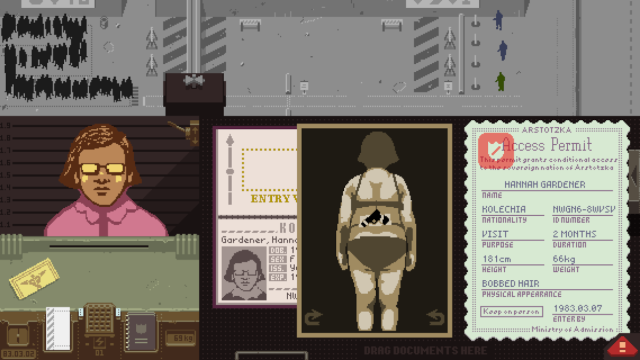
The game, developed by Lucas Pope and published by 3039, became a phenomenon, receiving hundreds of millions, maybe even billions of views on YouTube alone. On Steam alone it’s been downloaded 4.3 million times and has won a lot of awards, including the BAFTA Games Award for Strategy and Simulation, New Yorker Best Game of the Year 2013, and the Seumas McNally Grand Prize at IGF 2014.
Now, in 2024, a new game by independent developer Ignacio Alvarado has hit the scene and is giving people nostalgia for the glory days of Papers, Please — That’s Not My Neighbor.
That’s Not My Neighbor
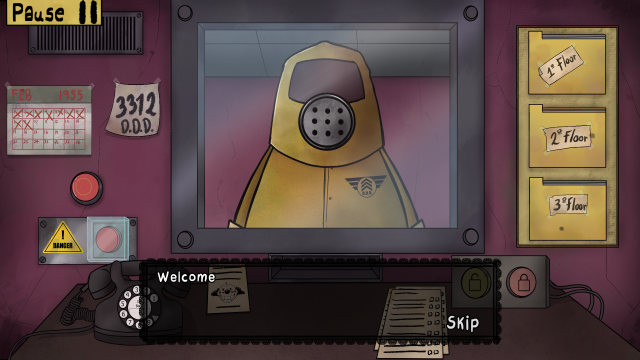
That’s Not My Neighbor is set in February 1955, and you’ve just been hired as a doorman in an apartment block that’s been plagued with recent disasters involving Doppelgangers. It’s your job to appraise residents as they enter the building, trying to discern whether they’re the real deal or a doppelganger.
To do this, you have a few tools and documents at your disposal, just as you did when playing Papers, Please; Resident ledger, the expected visitor list and also documents provided by the ‘resident’ when they try to enter. Using your wits (and memory, but more on that later), you’ll need to prevent doppelgangers from slipping past because, if they do, you and some of your neighbors will die.
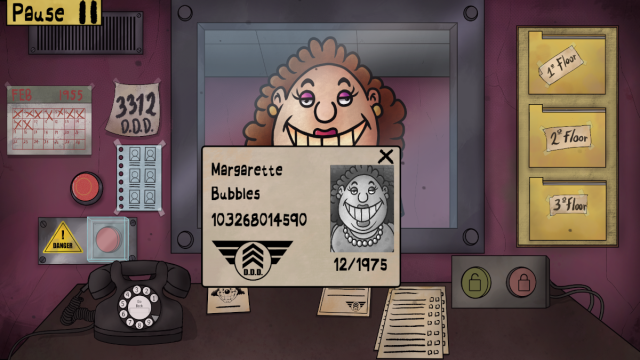
Did I mention that the doppelgangers have murderous intentions?
If you suspect someone to be a doppelganger, you have the choice to press the emergency alarm and call the DDD (Doppelganger Detection Department), who will proceed to initiate the “cleaning protocol.” This all happens behind a closed shutter, and I don’t want to know what goes on back there, but whatever it is, you just have to hope you didn’t subject your actual neighbor to it.
Sometimes, figuring out who is a doppelganger is remarkably easy, thanks to their extra eyes or other questionable features. Other times, you’re going to have to look at everything with great care and attention or even use the phone to call up to their apartment to make sure the real neighbor isn’t home.
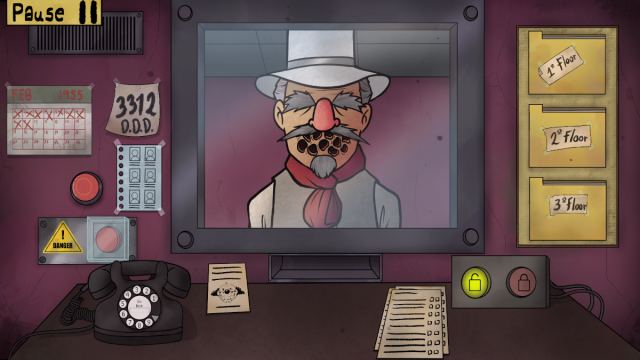
The worst part is that you don’t find out until the end of the day whether you’ve succeeded in keeping the doppelgangers out, and if even one has slipped past, there’s a jumpscare waiting for you.
There is one stark difference between Papers, Please and That’s Not My Neighbor, aside from the very noticeable difference in art style. In Papers, Please, you have the ability to move documents around your screen and keep them open in order to compare details.
In That’s Not My Neighbor, you don’t have this ability. At times, the game becomes a test of your memory more than anything else, considering that ID numbers are a string of 12 random numbers, and if even one number is wrong, you’ve likely got a doppelganger on your hands.

If you want to play That’s Not My Neighbor, or if you loved Papers, Please and have an itch to play a similar game, I’d recommend doing so. It’s available now on itch.io, and for only 2.99 USD, it’s worth every penny. The game isn’t entirely complete, and according to the menu and the developer, there are more game modes coming in the future.
My only recommendation is to keep a pen and paper handy if your memory is even half as bad as mine.



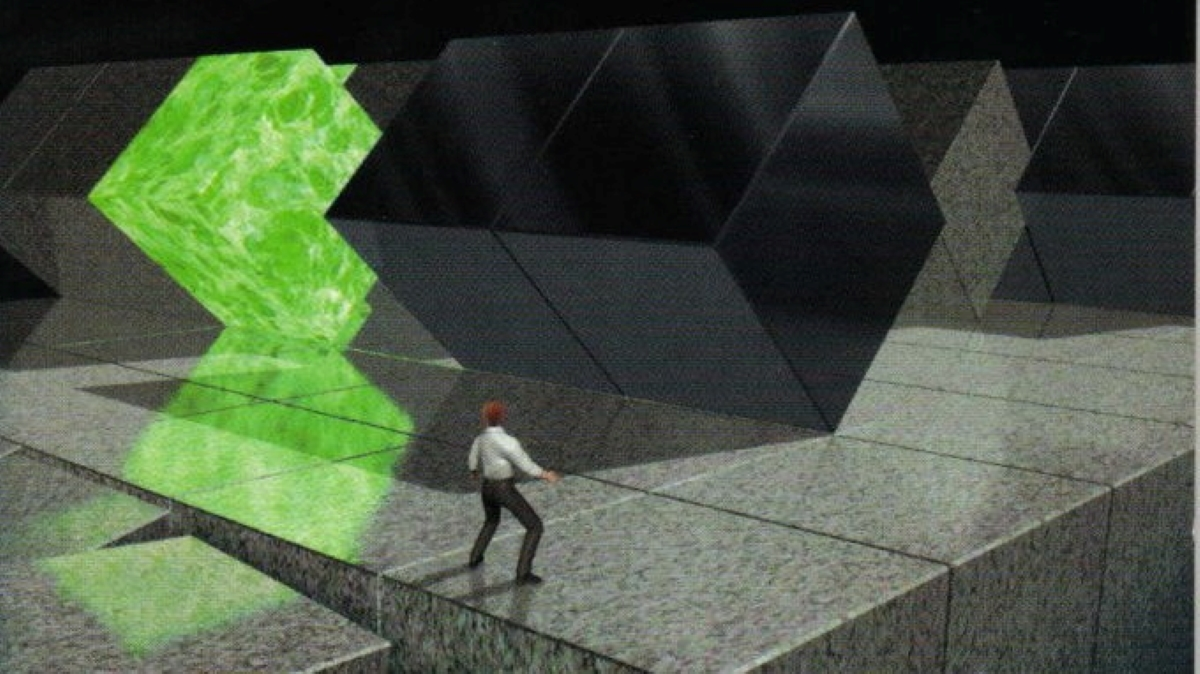

Published: Mar 9, 2024 01:30 pm